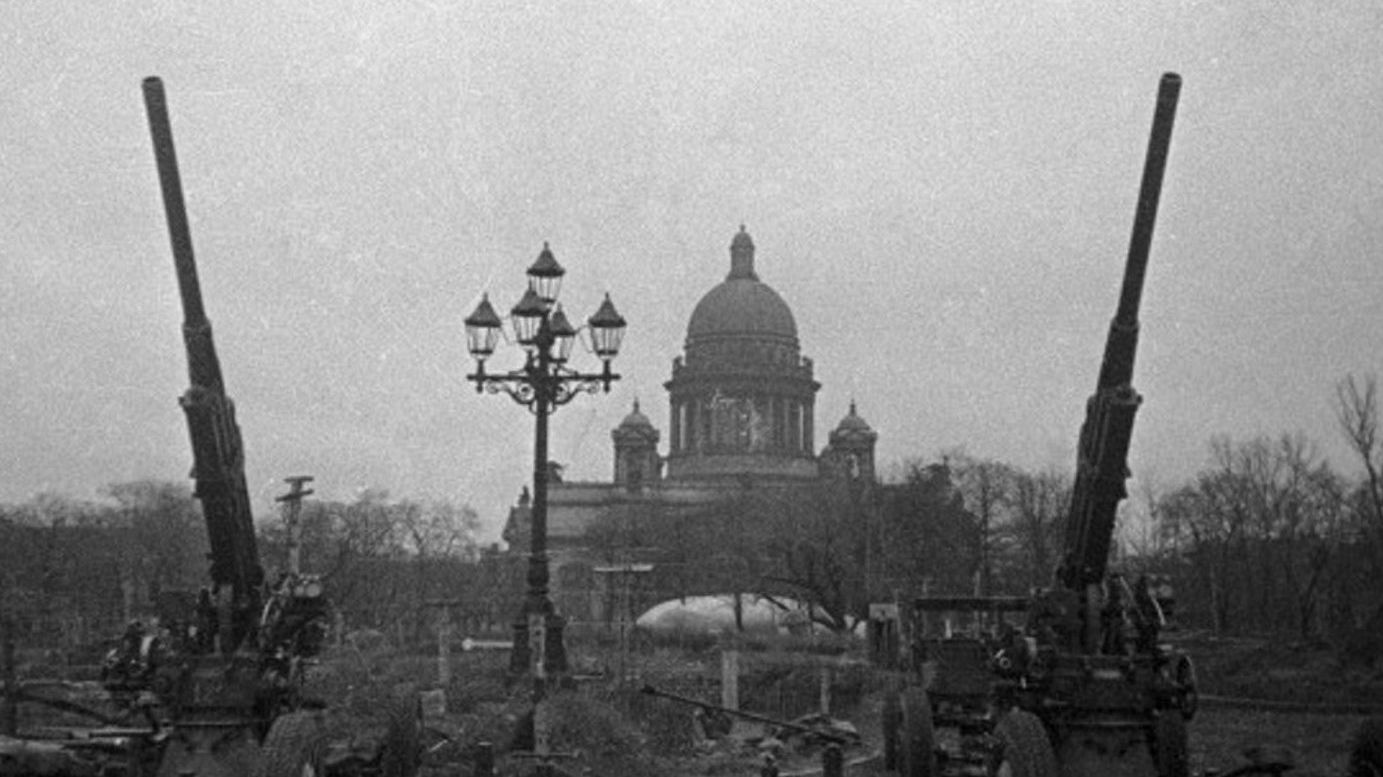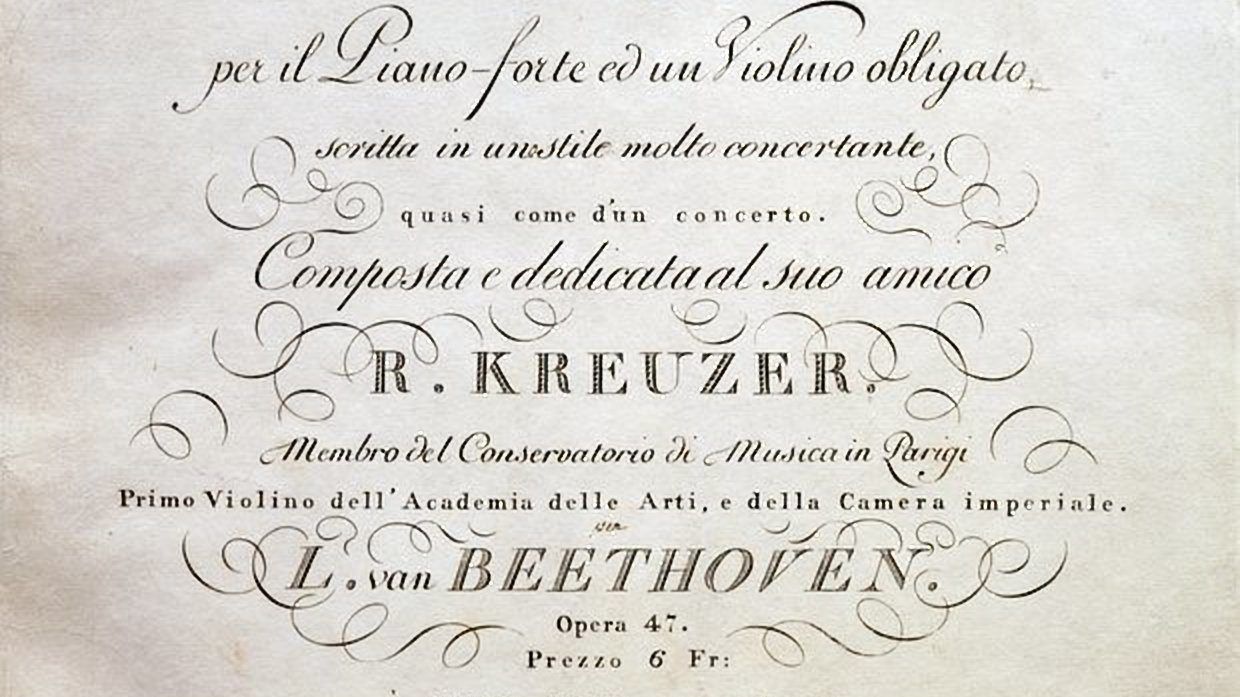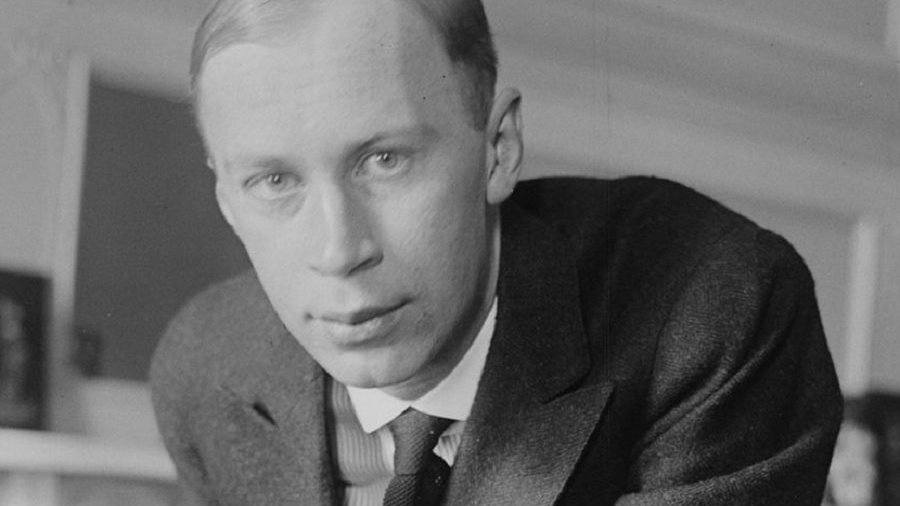Astor Piazzolla at 100
This month marks the 100th anniversary of the birth of Astor Piazzolla (1921-1992), the Argentine tango composer and virtuoso bandoneon player. The tango, a seductive dance made up of African, Native American, and European cultural influences, originated in the 1880s in the impoverished districts of Buenos Aires and Montevideo. Similarly, Piazzolla’s music simmers in a rich melting pot which blends sultry tango rhythms with jazz and classical elements. Piazzolla played a major …




